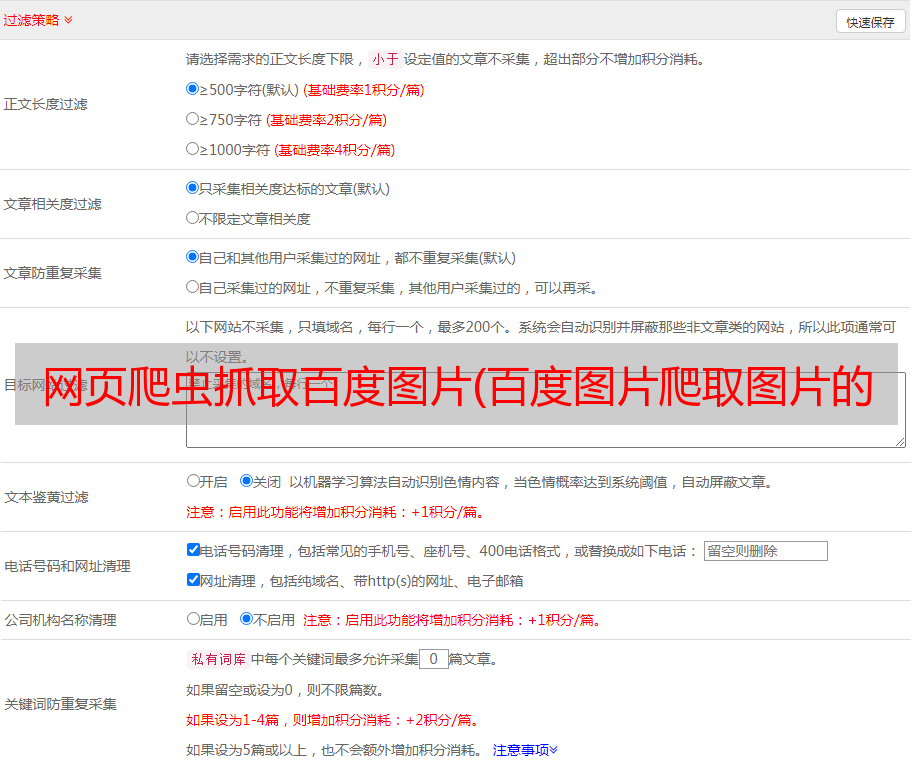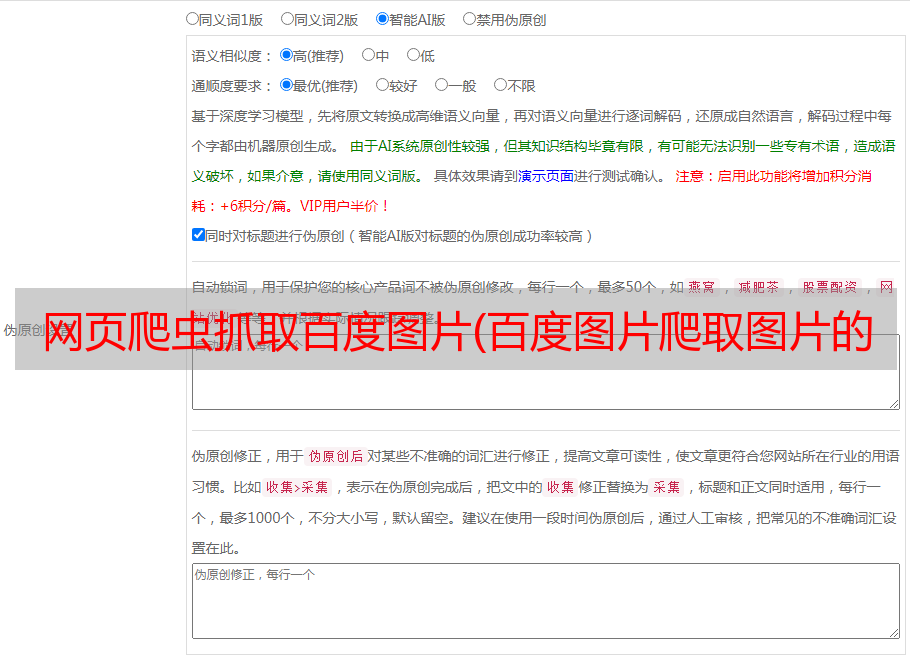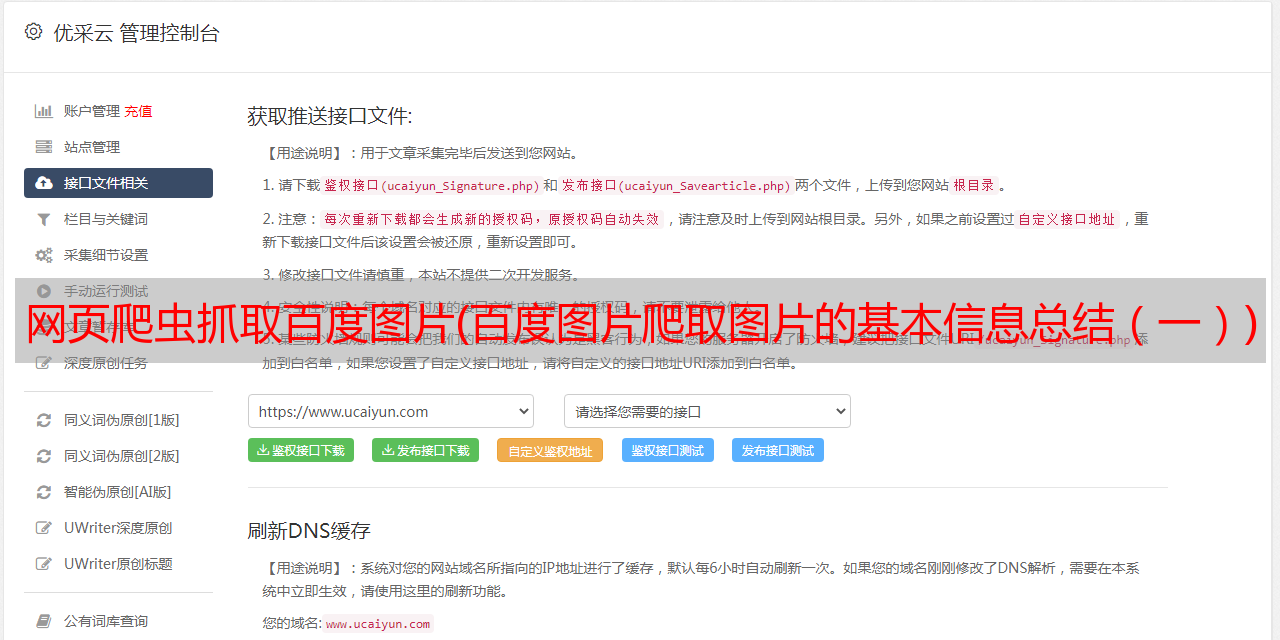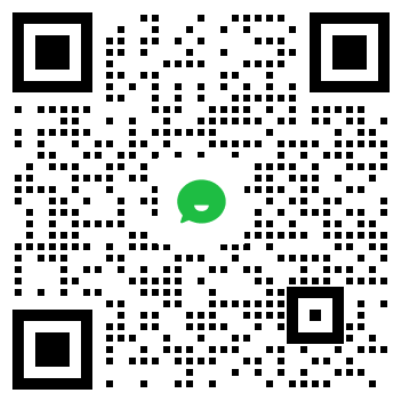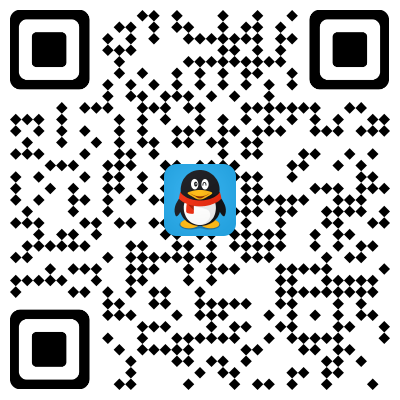网页爬虫抓取百度图片(百度图片爬取图片的基本信息总结(一))
优采云 发布时间: 2022-01-04 07:08网页爬虫抓取百度图片(百度图片爬取图片的基本信息总结(一))
一、准备工作
使用python抓取并保存百度图片。以情感图片为例,百度搜索可以得到如下图片
f12 开源代码
这里可以看到我们这次要爬取的图片的基本信息在img-scr中
二、代码实现
本次抓取主要使用了以下第三方库
import re
import time
import requests
from bs4 import BeautifulSoup
import os
简单的想法可以分为三个小部分
1.获取网页内容
2.分析网页
3.保存图片到对应位置
先看第一部分:获取网页内容
baseurl = 'https://cn.bing.com/images/search?q=%E6%83%85%E7%BB%AA%E5%9B%BE%E7%89%87&qpvt=%e6%83%85%e7%bb%aa%e5%9b%be%e7%89%87&form=IGRE&first=1&cw=418&ch=652&tsc=ImageBasicHover'
head = {
"User-Agent": "Mozilla/5.0 (Windows NT 10.0; Win64; x64) AppleWebKit/537.36 (KHTML, like Gecko) Chrome/92.0.4515.131 Safari/537.36 Edg/92.0.902.67"}
response = requests.get(baseurl, headers=head) # 获取网页信息
html = response.text # 将网页信息转化为text形式
有那么容易吗?
解析网页的第二部分是大头
看代码
Img = re.compile(r'img.*src="(.*?)"') # 正则表达式匹配图片
soup = BeautifulSoup(html, "html.parser") # BeautifulSoup解析html
#i = 0 # 计数器初始值
data = [] # 存储图片超链接的列表
for item in soup.find_all('img', src=""): # soup.find_all对网页中的img—src进行迭代
item = str(item) # 转换为str类型
Picture = re.findall(Img, item) # 结合re正则表达式和BeautifulSoup, 仅返回超链接
for b in Picture:
data.append(b)
#i = i + 1
return data[-1]
# print(i)
这里用到了BeautifulSoup和re正则表达式的相关知识,需要一定的基础
这里是第三部分:保存图片
for m in getdata(
baseurl='https://cn.bing.com/images/search?q=%E6%83%85%E7%BB%AA%E5%9B%BE%E7%89%87&qpvt=%e6%83%85%e7%bb%aa%e5%9b%be%e7%89%87&form=IGRE&first=1&cw=418&ch=652&tsc=ImageBasicHover'):
resp = requests.get(m) #获取网页信息
byte = resp.content # 转化为content二进制
print(os.getcwd()) # os库中输出当前的路径
i = i + 1 # 递增
# img_path = os.path.join(m)
with open("path{}.jpg".format(i), "wb") as f: # 文件写入
f.write(byte)
time.sleep(0.5) # 每隔0.5秒下载一张图片放入D://情绪图片测试
print("第{}张图片爬取成功!".format(i))
每行代码的解释都写在评论里给大家了。不明白的可以直接私信或者评论~
以下是完整代码
import re
import time
import requests
from bs4 import BeautifulSoup
import os
# m = 'https://tse2-mm.cn.bing.net/th/id/OIP-C.uihwmxDdgfK4FlCIXx-3jgHaPc?w=115&h=183&c=7&r=0&o=5&pid=1.7'
'''
resp = requests.get(m)
byte = resp.content
print(os.getcwd())
img_path = os.path.join(m)
'''
def main():
baseurl = 'https://cn.bing.com/images/search?q=%E6%83%85%E7%BB%AA%E5%9B%BE%E7%89%87&qpvt=%e6%83%85%e7%bb%aa%e5%9b%be%e7%89%87&form=IGRE&first=1&cw=418&ch=652&tsc=ImageBasicHover'
datalist = getdata(baseurl)
def getdata(baseurl):
Img = re.compile(r'img.*src="(.*?)"') # 正则表达式匹配图片
datalist = []
head = {
"User-Agent": "Mozilla/5.0 (Windows NT 10.0; Win64; x64) AppleWebKit/537.36 (KHTML, like Gecko) Chrome/92.0.4515.131 Safari/537.36 Edg/92.0.902.67"}
response = requests.get(baseurl, headers=head) # 获取网页信息
html = response.text # 将网页信息转化为text形式
soup = BeautifulSoup(html, "html.parser") # BeautifulSoup解析html
# i = 0 # 计数器初始值
data = [] # 存储图片超链接的列表
for item in soup.find_all('img', src=""): # soup.find_all对网页中的img—src进行迭代
item = str(item) # 转换为str类型
Picture = re.findall(Img, item) # 结合re正则表达式和BeautifulSoup, 仅返回超链接
for b in Picture: # 遍历列表,取最后一次结果
data.append(b)
# i = i + 1
datalist.append(data[-1])
return datalist # 返回一个包含超链接的新列表
# print(i)
'''
with open("img_path.jpg","wb") as f:
f.write(byte)
'''
if __name__ == '__main__':
os.chdir("D://情绪图片测试")
main()
i = 0 # 图片名递增
for m in getdata(
baseurl='https://cn.bing.com/images/search?q=%E6%83%85%E7%BB%AA%E5%9B%BE%E7%89%87&qpvt=%e6%83%85%e7%bb%aa%e5%9b%be%e7%89%87&form=IGRE&first=1&cw=418&ch=652&tsc=ImageBasicHover'):
resp = requests.get(m) #获取网页信息
byte = resp.content # 转化为content二进制
print(os.getcwd()) # os库中输出当前的路径
i = i + 1 # 递增
# img_path = os.path.join(m)
with open("path{}.jpg".format(i), "wb") as f: # 文件写入
f.write(byte)
time.sleep(0.5) # 每隔0.5秒下载一张图片放入D://情绪图片测试
print("第{}张图片爬取成功!".format(i))
最终运行截图
三、总结
这次我只保存了29张图片。抓取其他网页的时候,使用的方法都是一样的。最重要的是灵活改变网页的内容,观察其源代码。另外,部分网站可能有防爬措施,爬的时候请注意~如果还有不明白的请私信
